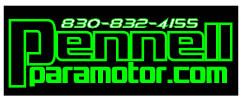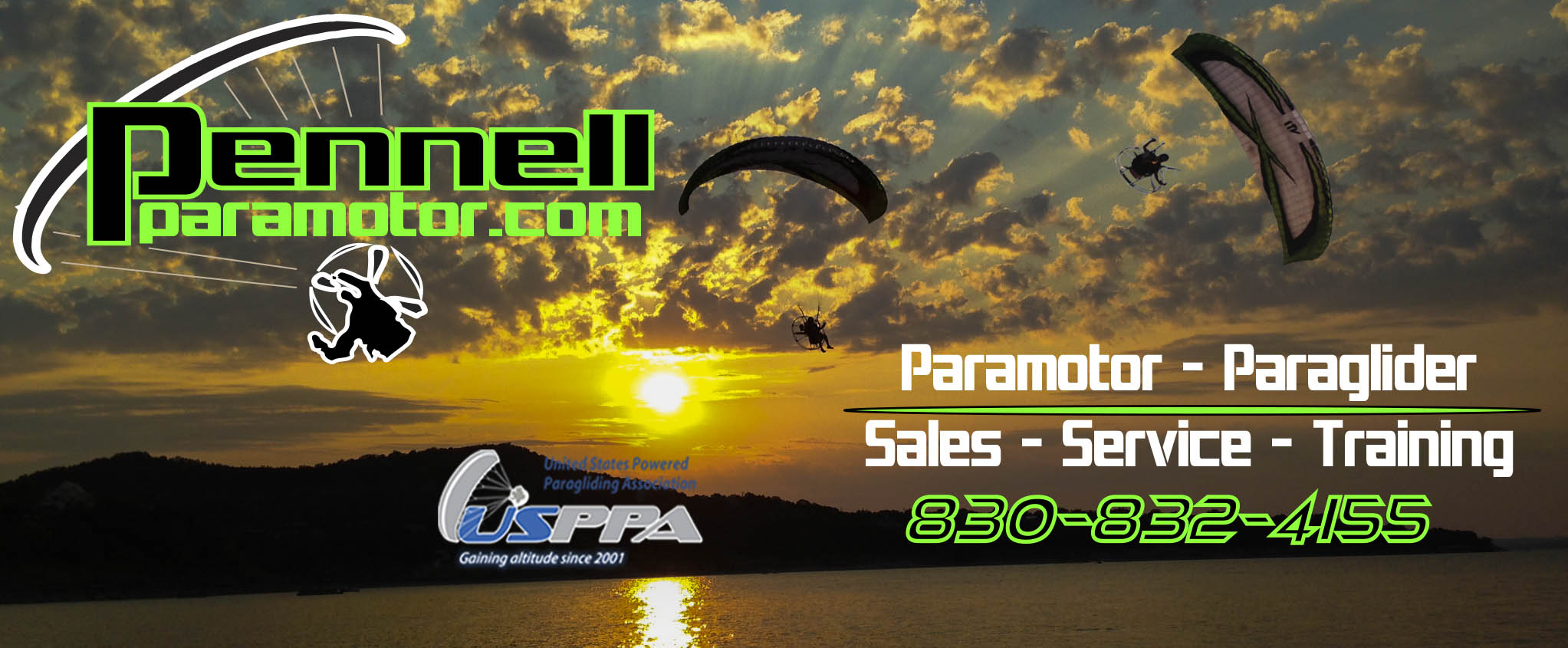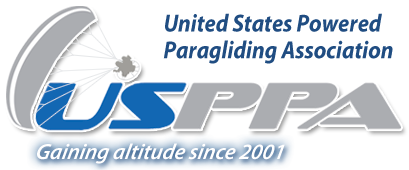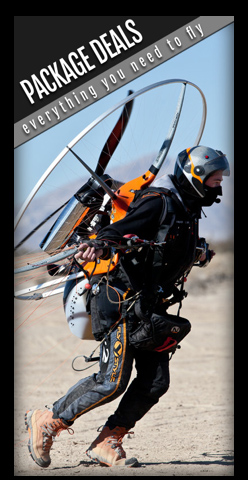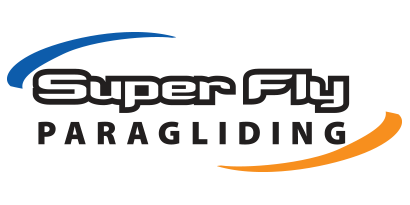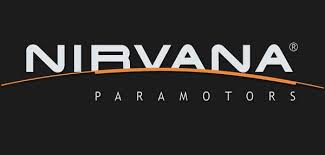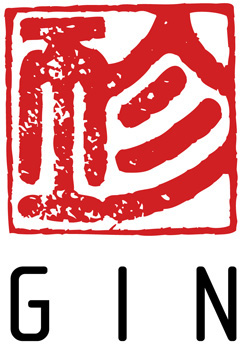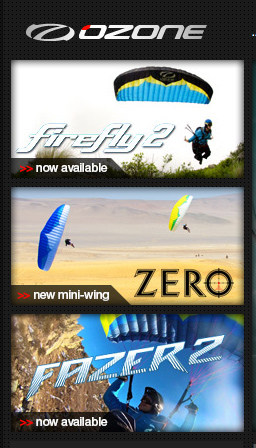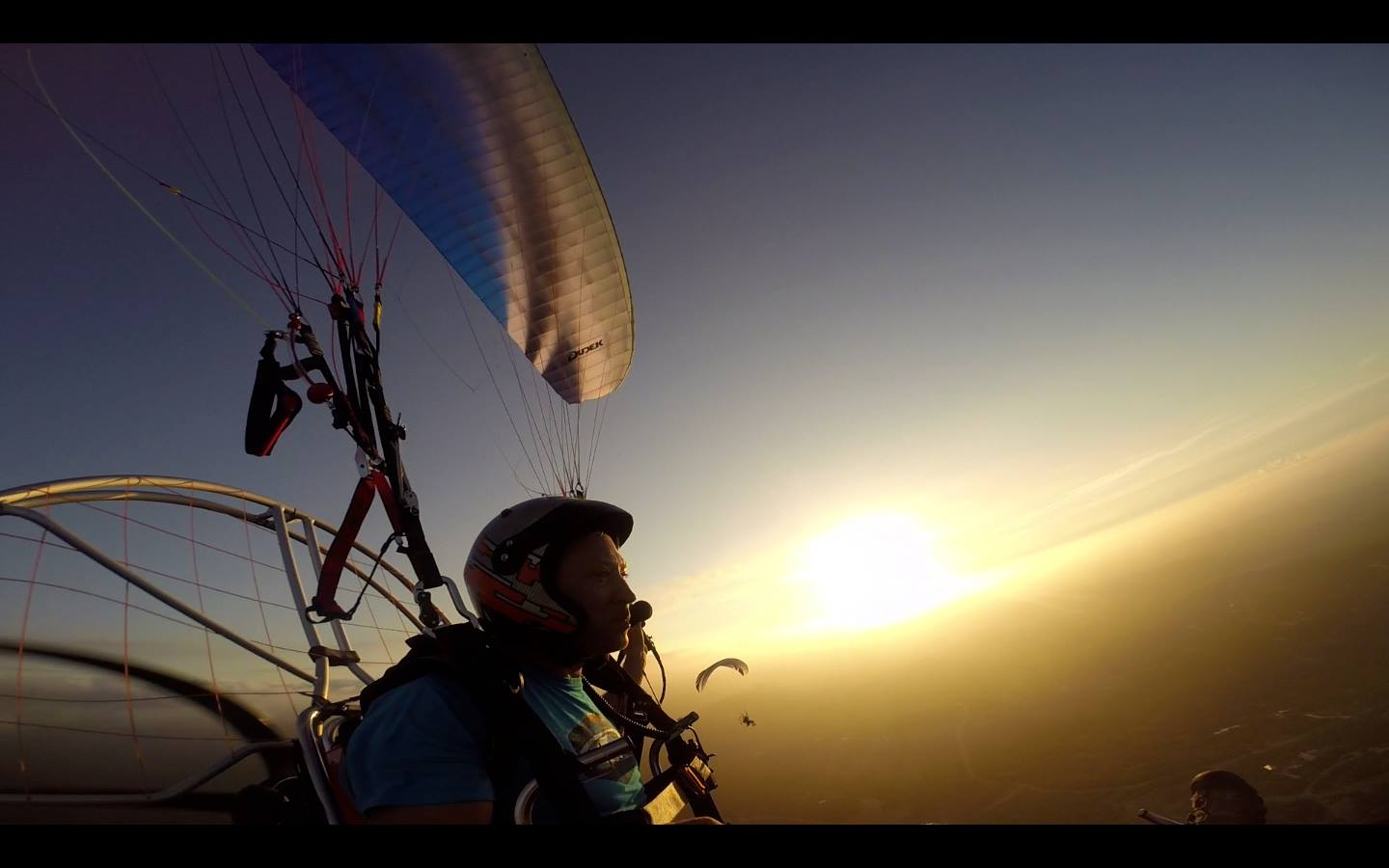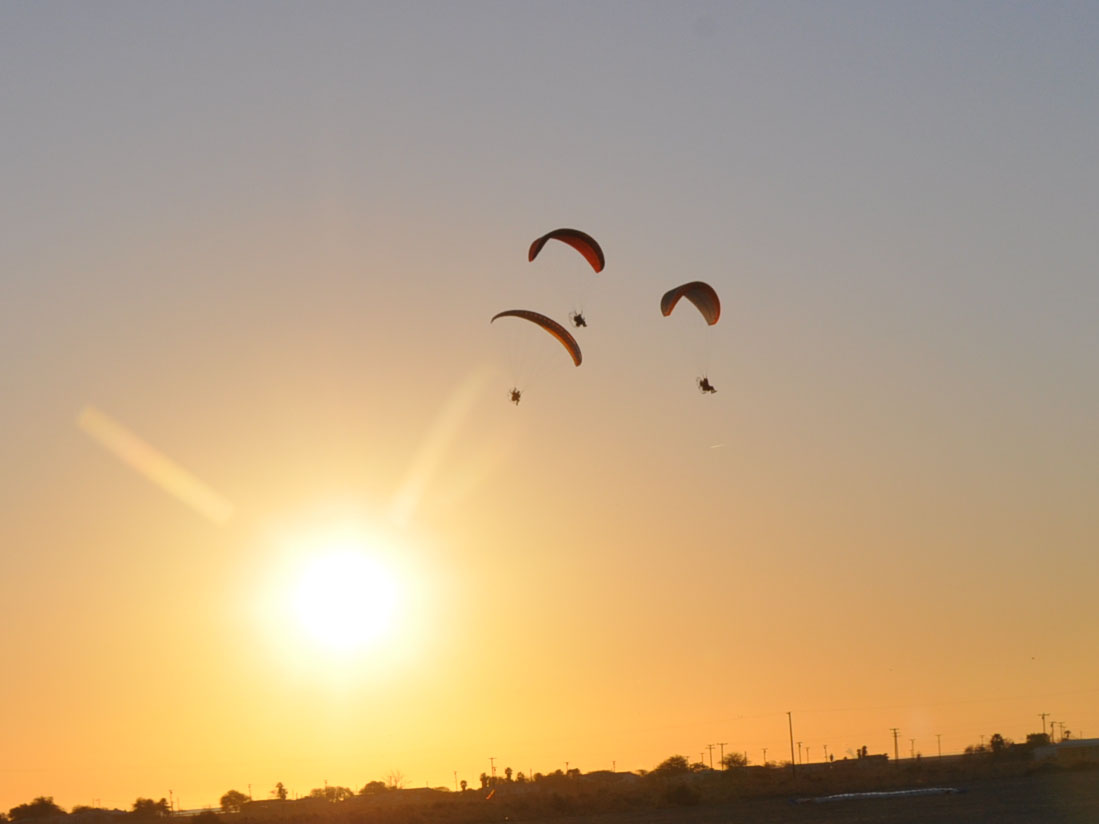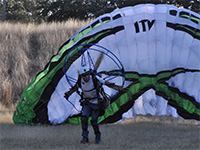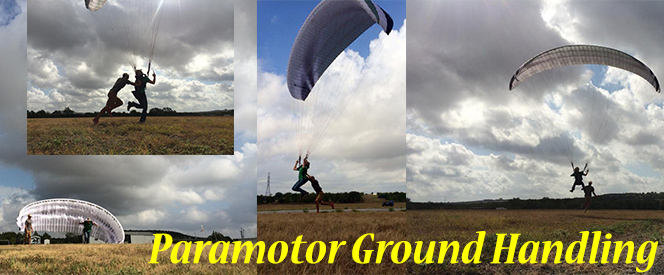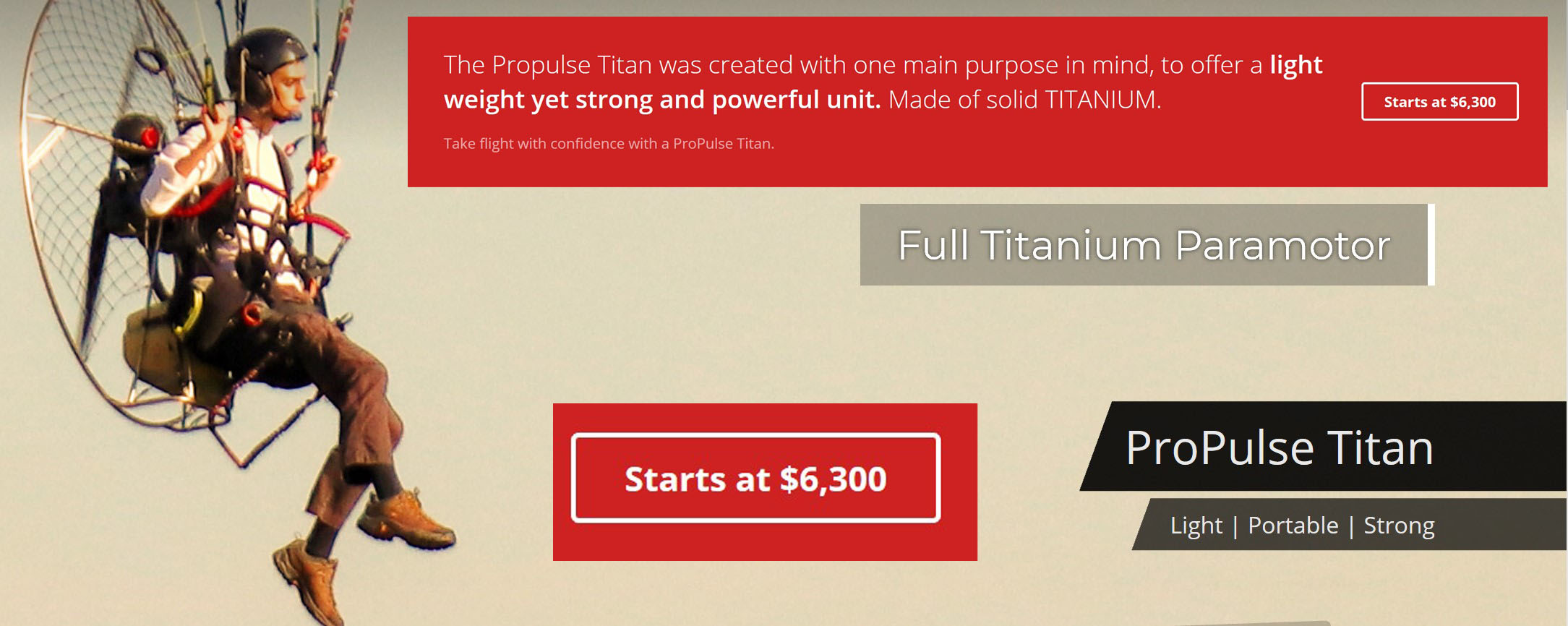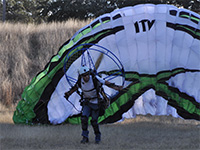 Powered Paramotor Flight Experience
Powered Paramotor Flight Experience
Powered Paragliding is perhaps one of the most exhilarating, freeing sports you will ever encounter.
With our Team we don’t rush you through the course, we don’t wear you into the ground, we take our time with you and make sure you are learning on the best gear, that is light, modern and powerful and that you are 100% comfortable with being taught at your pace. Don’t end up like others that get rushed through a course and get home and feel they just can’t do it solo, its a bad situation to be in after spending $1000’s of dollars
General Guide as to what to expect with us
Welcome to Pennell Paramotor Training!
We are thrilled that you will be joining us on this journey into Powered Paragliding. This promises to be challenging and rewarding.
It’s our pleasure to share a number of ideas with you in advance of your arrival so that we all of the best chance for smooth sailing and success. First the details then a bit about the philosophy of our program.
We have a few different locations we can train from here in Central Texas.
Kitty Hawk Airfield is an ultralight airpark that we usually use for our first solo or Tandem flights and a great place to come watch and meet current pilots and future pilots. It is located at 20180 FM 2252 Schertz TX 78266
Canyon Lake Soccer Fields - For the beginning kiting and ground school we will usually meet in Canyon Lake Tx at the Soccer fields located at 125 Mabel Jones Dr Canyon Lake Tx 78133
and for Ground School 5478 Fm 2673 Canyon Lake Tx 78133
We usually announce our meeting times and places two times a day. One in the AM as early as 6:15 in Summer and as late as 8:30 in Winter. The PM notification is between 3:30 and 6:30 depending on the season.
When you arrive your first day we wil have you sign theses three waivers
1: USPPA Waiver
2: Pennell PPG Waiver
3: Land use Waiver
When you arrive at one of our sights look for a white sprinter van or black lifted dodge ram with Pennell Paramotor.com on the side. Early AM can be prime for logging great experience - you will notice that we hustle in the AM and take our time in the PM. That’s how flying works.
You may go tandem or do some kiting in the first few minutes of your first lesson. Don’t be surprised. We oftentimes have to be very “hands on” when helping you to learn to kite or launch. Again, don’t be surprised. Please know that we are trying to help you to achieve the right postures and pressures on the controls and we are very good at helping you to learn quickly. We will back away and allow you to kite/ launch on your own as soon as possible. We like to do simulator work before you make significant flights. Simulator just means hanging in a harness and getting familiar.
If you have a favorite biking or skiing helmet, bring it. It might be nice during your first few lessons to have something familiar that fits perfectly. If not we have a few different helmets you can choose from.
Regarding other gear -
We recommend sunglasses, gloves, and full lengths shirts and pants. If you have a history or ankle injury or if you just want every bit of protection that you can get to be safe.
Regarding preparation for your lesson.
There is some incidence of muscle strain while hiking or running. While these injuries are not catastrophic, they can be an annoyance. We have to recommend stretching, hydration and most importantly not over exerting yourself particularly during your first lessons. You will need to make the call that you have had enough - do it early before you start feeling ill effects.
If you have a history of shoulder, elbow or bicep injury of any kind, please tell us. We have an entirely different regimen for people with this background. You won’t be at a disadvantage but you need to tell us first thing. That goes for any history of shortness of breath, heart or respiratory ailments, ankle, knee, hip etc. vision, hearing or spatial awareness conditions etc. Again, you won’t be at a disadvantage but we really need to know first thing.
We will use a variety of gliders - wings - canopies during your time with us. We generally don’t call them chutes or kites. Don’t be surprised if you are kiting a mini wing on some days when it’s windy or using a glider that is a little big if we are on the training hill in low wind. We try to be clever about the gear we use.
By the time you are progressing from training field to flying off solo, you want to be on familiar gear. We will work with you to make sure that’s the case. Sometimes we have different sized gliders, with the exact same colors. Don’t just identify gliders by color. We can show you where to check the size. Usually inside the centermost cell.
Now the important part -
We want you to be safe and happy. This is supposed to be the most fun time of your life. We like to be serious but we love to celebrate after a great flight. If you are going for another flight, you will have to switch quickly from elated and overjoyed to totally serious and focused. We don’t yahoo in the air. When that happens it means that someone put their elation where their focus should have been. One day, down the road a ways - they yahoo in the air will happen. On a very simple level you might be yahooing when you should be listening and responding. Take pride in responding really well to radio commands. That doesn’t mean lightning quick. We have a saying - slow is smooth and smooth is fast.
Back to the subject of your happiness.
We want to give you exactly what you want, every single flying day. You will notice that we take time to ask you how you prefer to learn - or just tell us. You will notice that we “try” and have a proper briefing and debrief at the beginning and end of every session. That’s your chance to let us know if you need something to be different ---> or if everything is perfect and going your way. Either way, we always want to hear from you about how it’s going. You can ask for more tandem, more kiting, more training hill, more talk, less talk, more demonstration, more ground school - you can voice a preference for a particular instructor. If you think you could benefit from the input of an instructor outside of our circle - we can do that too. The point is - communicate. This is going to be great.
By the time you are out flying up a storm, a few things to keep in mind. You are the pilot at this point. You will be well qualified to fly without radio and make your own calls by this time. If you have a radio problem, just do what you have been taught and you will be fine.
There are a few things that are supremely important to every flight:
weather ---> make sure you totally believe in the weather, the wind velocity etc. if not, don’t fly
( we are going to be training you to make your own decisions and nothing makes us more proud than when you choose to go land or go choose not to fly
preflight ---> ours goes like this R1234STARVE *see below
deliberate launch ---> whether it’s no wind or strong wind, give it 120% - not frantic but deliberate - you are going to FLY after all
smooth transition ---> we keep the hands smooth and calm as you move back into a seated position - monitor your hands to prevent random movements
smart flights plan ---> you will always get a briefing on the plan - sometimes the plan changes a little
long straight final ---> we always want to point straight for a long time before we touch down
Wind Direction —> always need to know the wind direction - Land into the wind - Launch into the wind
pre landing prep —> Engine OFF, legs down ready to run, feet together, eyes on the horizon, awareness about hands - glider flying fast
flare → flare is another word for ---> time to yank the brakes down all the way, smoothly with perfect timing - you will learn to land like a champion
A quick note one what not to do:
1:Don’t pull up your glider without first checking with your instructor
2:Never start your motor without a Propeller
3:Always make sure your prop bolts are tight and prop area is clear of people & objects
4:Never give such a big input that your arm is locked straight - that move doesn’t really exist except a little when landing
5:Don’t land going any direction but into the wind - having said that, don’t do any low turns either
*Reserve pins checked
1 helmet strap
2 carabiners locked
3 points on the harness
4 corners of the glider - no sticks and brake lines w. no knots
S peed system and stirrup
T turning direction if doing a reverse inflation
A Altitude and airspace - still looks clear and good - a good idea?
V risers in a V shape
E even tension and everything else
Our journey together will be much like a parent rearing a child. It’s going to be all encompassing for you and it’s going to take everything we have as instructors to get you where you want to go. This is unlike anything you have ever done. It’s navigation in 3 dimensions with no pause button. It doesn’t even compare with other forms of aviation.
Our canopies change shape, conditions change from absolutely good for everyone to only being flyable for a select few within minutes. All you have to do is fly on the wrong side of a hill and you can be in a total washing machine. It’s not always easy to quantify risk - it’s a tiny bit like riding a motorcycle on the road or back country skiing. A little more predictable than each but still on that level.
We are going to pour our heart and soul into this evolution and do we are going to harvest all the kindness and thoughtfulness we can to help things along. That’s our role. Yours is to be open and teachable, pay attention, notice every single subtle change and react well.
This equation works great as long as you are 100% committed and focused toward becoming a way above average - if not exceptional pilot. Commitment is shown in many ways. Showing up often with your A game is one, being present and teachable is two, getting your own gear as soon as practical is three.
To be very clear and so that there is never any misunderstanding,
you receive the benefit of our full attention for the rest of your lifetime, you get to enjoy our over the water advanced maneuvers training experience with Super Fly and many other flight adventures with us across the world. We love sticking with our students and continuing flying with them now & into the future.
Your responsibility is to let us be your source for your state of the art Paramotoring & Paragliding equipment. You get your harness motor and reserve as soon as you can identify one that works for you and you get your glider by the time you have a handful of days with us and can agree with us on what is appropriate for you. To be very clear, if you procure equipment from another source then your lifetime of lessons deal dissolves. Nothing personal but one cannot exist without the other. Our team is strong, very strong. We will be flying with our team decades from now but it takes 100% of our laser beam focus. No distractions and no discretion among the ranks.
Our Equipment
It turns out that we have access to the largest handler of paragliding products on the continent through Superfly Paragliding - nobody has a greater variety of equipment than they do. No one is more intimate with new, leading technology than we are. It's what we do.
When you are logging your first flights, you will do it on our equipment. We use this as an opportunity to see which equipment suits you best.
We also have a handful of different motor configurations available for you to check out. You may use our equipment for your first few flights and after that we can pick a motor for you – they are usually available within a couple days.
For your reference, we sell Blackhawk,Nirvana, Fly products, Propulse, Miniplane, Scout, Parajet, Power 2 Fly and several other brands.
It's worth knowing that when you speak about motors, you have to speak about the frame that you are using and then also the power plant. We use a variety of frames, but we tend toward specific motors – the Siminini, the Vittorazzi Moster 185 and the Thor 130.
The frame that works best for you remains to be seen. It's not something that you can figure out over the phone - it's more like buying shoes where you need to try them in person.
The same is true regarding gliders – we sell Velocity, Dudek, Gin, Advance,Nova and Ozone. Each company makes rocksolid paramotor gliders and we also have access to all major brands.
Lodging :
If needed we have a couple toy hauler trailers that our students are welcome to bring their family and stay in right at the training field if they would like free of charge. We also have access to a couple friends vacation rental houses out overlooking canyon lake ranging from $100 - $225 per night. Your welcome to bring the family and make a mini vacation out of it. We are affiliated with www.CanyonLakeAdventures.com and can get you discounts and sometimes free use of some of the rental gear ( Party Barge Pontoon Boats, Jet Ski’s, Water Propelled Jet Packs, Sup Boards, Kayaks & Wakeboarding/Wakesurfing Boats and more.. )
Texas Paramotor & Paragliding in Central Texas
San Antonio / Austin Paramotoring - Paramotor Sales, Service, Training Texas
More info PPG Texas 830-832-4155
